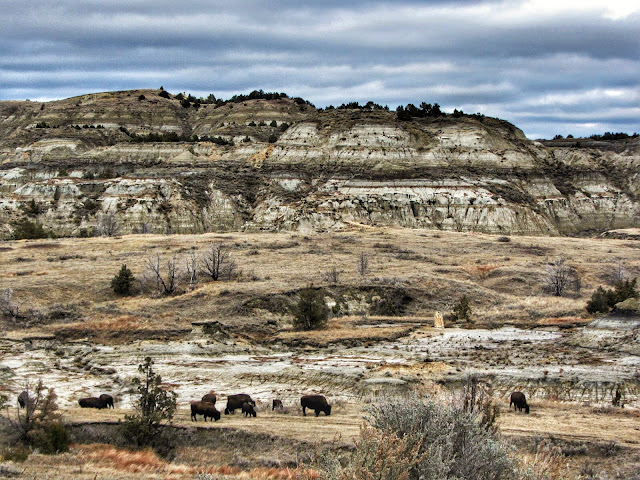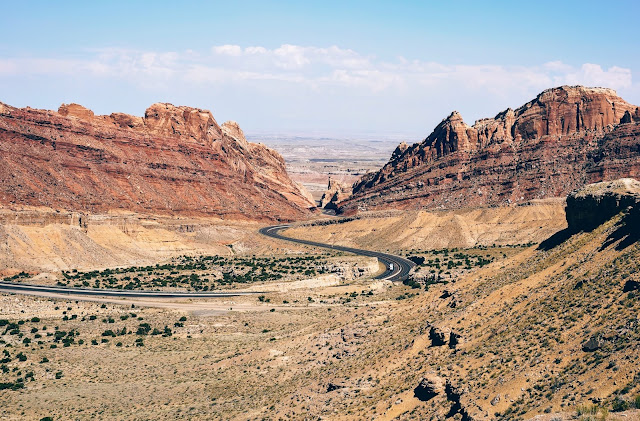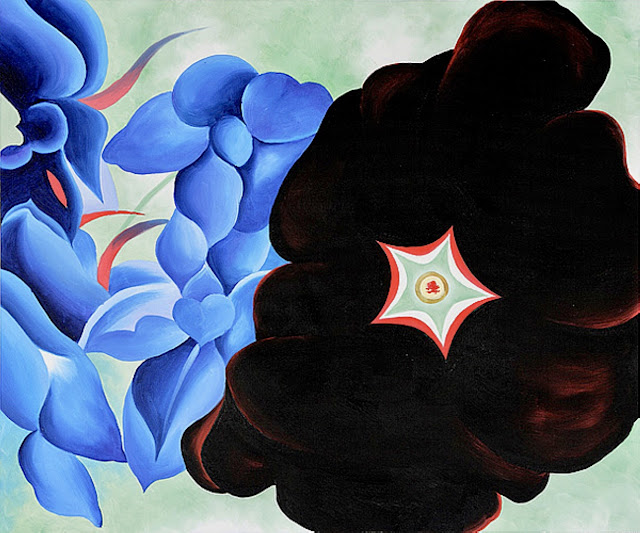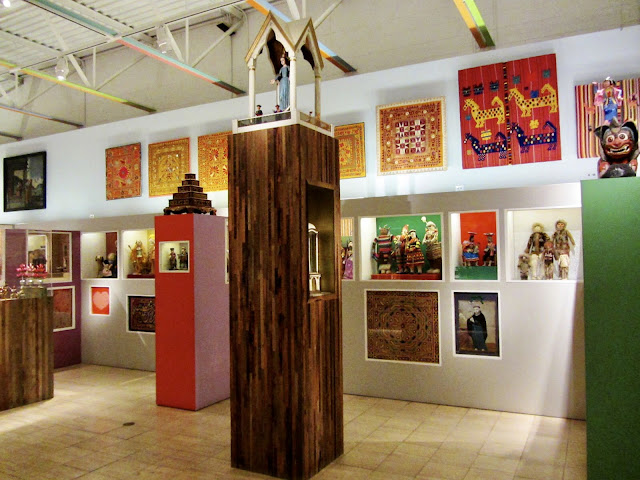Winding Things Up
WESTWARD HO, Day 56-58:
Vicksburg, MS to HOME
spaceAt the top of our Saturday agenda was driving back across the Mississippi River into Louisiana to plant the letterbox we didn't find a spot for on Friday. We tried the Louisiana Welcome Center, but it was much too well manicured with no bushy shrubs or other friendly letterbox homes, so we continued west a few miles to a general aviation airport near the town of Tallulah. Close by the airport we found a sweet little hiding spot for this almost homeless letterbox. (Mississippi River bridges pictured above: I-20 on left, former road, now rail on right)

Returning to Mississippi, our intention was to drive through Vicksburg
and on to Alabama, but in our quest to find a couple of letterboxes
before we left that historic city, we again stumbled across the Old Courthouse
Museum and this time decided to visit. Built with slave labor in 1858 on one of the highest hills in
the city, the landmark building now houses a local history museum, with
emphasis on the Civil War period and the siege of Vicksburg.
 |
| Cast Iron Tools |
Crammed with thousands of artifacts, most of which were donated by local citizens, the museum is a treasure trove of historic objects. After a new courthouse was completed in 1939, the old building stood idle until a local woman, 'Miss Eva' Whitaker Davis (1892-1974) conceived the notion of repurposing the hall of justice as a local history museum. In 1947, she enlisted volunteer help to begin cleaning the neglected structure and beat the bushes for donations of relics.
 |
| How was this flag "never surrendered" if it were present when Lee surrendered the entire Confederate army to Grant at Appomattox?? |
Thanks to Miss Eva's tireless efforts, the museum opened its doors in
June, 1948. Many of the exhibits look as if they have been around
almost from the beginning. Though dated, the displays are fascinating
for the light they shed on post-Civil War Vicksburg attitudes. Of particular interest is the fawning second-floor shrine to Jefferson Davis and his wife Varina.
 |
| From the Jefferson Davis worship display |
Obviously created by an unregenerate devotee of the Confederacy the Davis room housed a collection of exhibits headlined by hand-lettered signs extolling Davis as allegedly one of the greatest heroes and statesmen America has produced. Most of these headlines were out-of-context quotes from various individuals. In the 'Elder Statesman' exhibit, the quote was from Davis himself: "I have not repented," read the statement from the Confederacy's only president, after he had served a federal prison term for treason. Posted under this statement was an unspeakably bizarre sign claiming about Davis: "Every colored man he ever owned loved him." It was attributed to a "former Davis slave."
Yes, you read that correctly. In their efforts to canonize Jefferson Davis, museum curators posted a prominent sign alleging that the man's slaves appreciated being owned by him?!?! We were a bit surprised to find this kind of revisionism still on exhibit. Apparently someone missed the fact that it's 2012, the siege of Vicksburg ended 150 years ago, and we now have an African American president in the White House.
But wait, there's more. This was not the end of the preposterous exhibits we encountered at the Old Courthouse Museum. The next one was actually amusing, however.
 |
| Old Warren County Courthouse |
One of the museum's most celebrated exhibits is devoted to a
battlefield legend involving 'a Yankee soldier, a Confederate hero, and a
fair Southern maiden.' (Not surprisingly, the term 'Yankee' is used
consistently throughout the museum's exhibits rather than 'Union' or 'Federal,' the
more common descriptions of U.S. soldiers during the Civil War.)
A
Minié ball was a cylindrical bullet invented in the 1840s whose design greatly improved the
accuracy of muzzle-loading rifles. This ammunition was used widely
during the Civil War by both Confederate and Union troops.
 |
| Even Ripley wouldn't have made this one up. |
Southern field physician Legrand G. Capers reported in a medical journal that during the battle of Raymond, Mississippi, residents of a nearby house stood on their front porch observing the combat 150 yards away. When a Confederate soldier was struck in the lower leg by a Minié ball, the bullet ricocheted up to his reproductive organs, where it picked up some of his Southern manhood before speeding over to the porch of the house and entering a young lady's abdomen. Not only did she survive the wound, nine months later the virginal maiden gave birth to a strapping baby boy who bore an uncanny resemblance to the gallant Confederate.
Needless to say, the tale of the emasculate conception was later exposed as a hoax, but not before the Confederate soldier married the young lady. The couple later bore additional children conceived in the more conventional manner, as the first one no doubt originated as well.
 |
| Old Douglas, a faithful Confederate to the end |
Searching for a letterbox in Vicksburg's Confederate Cemetery, we were led to the grave of another unusual rebel soldier. Buried among the troops from the regular army are the remains of Old Douglas, a dromedary camel donated to a Mississippi unit of the Confederate army and assigned to the band. Though his initial appearance frightened the regiment's horses, Douglas soon became a favorite among both the beasts and the soldiers, according to the back side of his headstone. The camel served in several campaigns in Mississippi before being assassinated by 'Yankee sharpshooters' near the end of the Vicksburg siege. His death was widely mourned—after some of the starving Confederates gave in to their desperation and grudgingly made a meal of him.
Finally departing Vicksburg and its peculiar oddities, we headed toward Ivy Hill, my sister's home in northeast Alabama, stopping along the way to plant a letterbox just off a forest service road near Louisville, Mississippi. That was #47. Just one more box to plant to complete the great 48—Alabama.
We arrived at Ivy Hill on Saturday in time for dinner with Jeanne and her progeny, who had all gathered for a post-Christmas celebration—four children, their spouses, and 11 grandchildren. Even without Nanamama, who was also visiting, Ivy Hill was a full house—full of love, full of food, full of fun. I was treated to a wonderful surprise when dinner ended with a birthday cake dessert complete with a colorful custom birthday banner made for me by Alex, Carson and Lizzie. Later, the grandchildren re-enacted a favorite tradition in their family—a living nativity. Everyone agreed that Lizzie's little lamb impersonation was baaa-rilliant.
 |
| Grant, Avery, Lizzie, Carson, and Alex |
After a couple more days in Alabama enjoying time with family, we finally returned home and wound up our western adventures, but not before hiding the last of our Great 48 letterboxes at Natural Bridge Park, near the tiny town of Natural Bridge, AL
(pop. 37). Done, done, and done—our three-fold goal for the year accomplished. We visited each of the lower 48 states, found at least one letterbox in each, and planted a letterbox in each. Whew!
SATURDAY, 29 DECEMBER—MONIDAY, 31 DECEMBER 2012
 |
| States where we traveled and letterboxed in 2012 |



























































